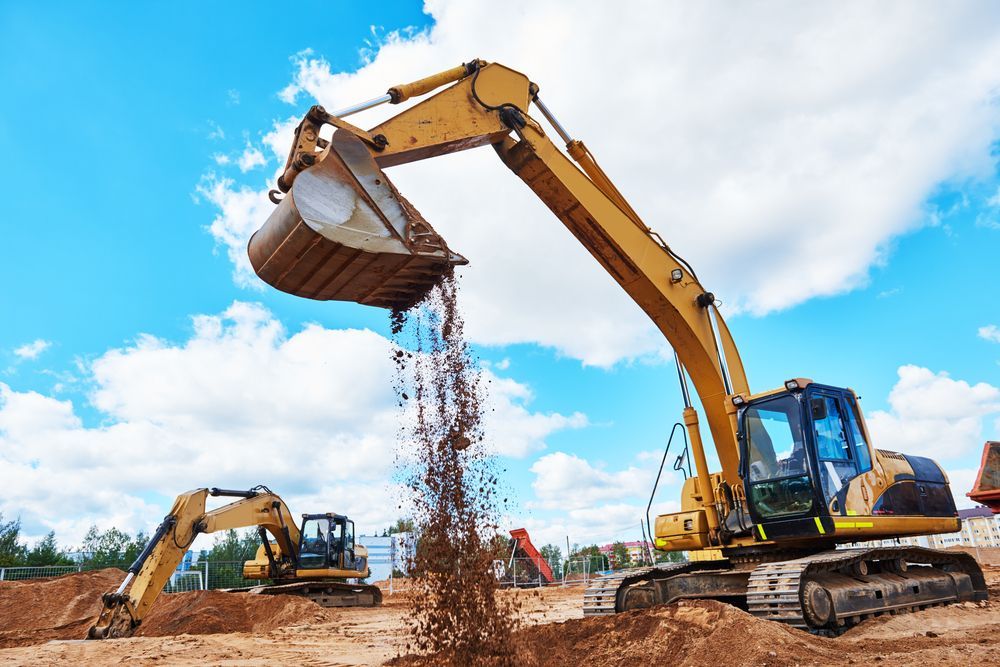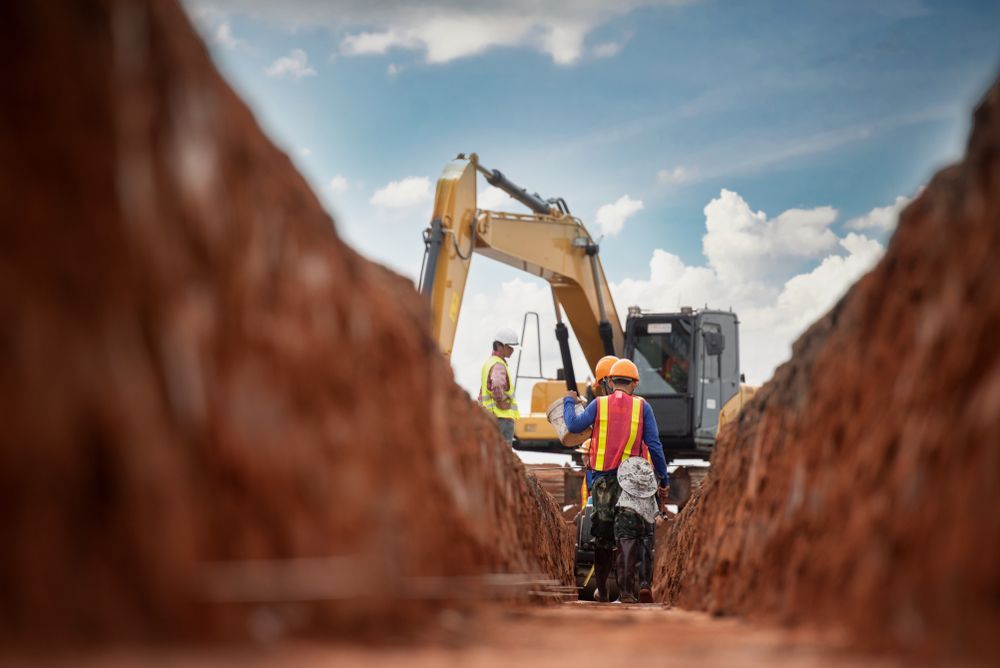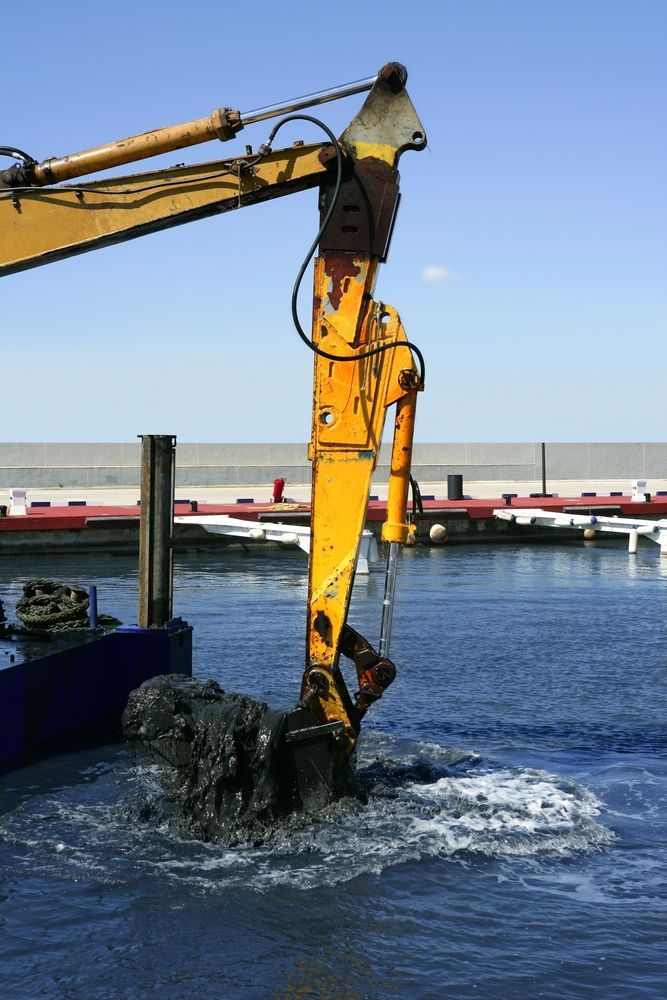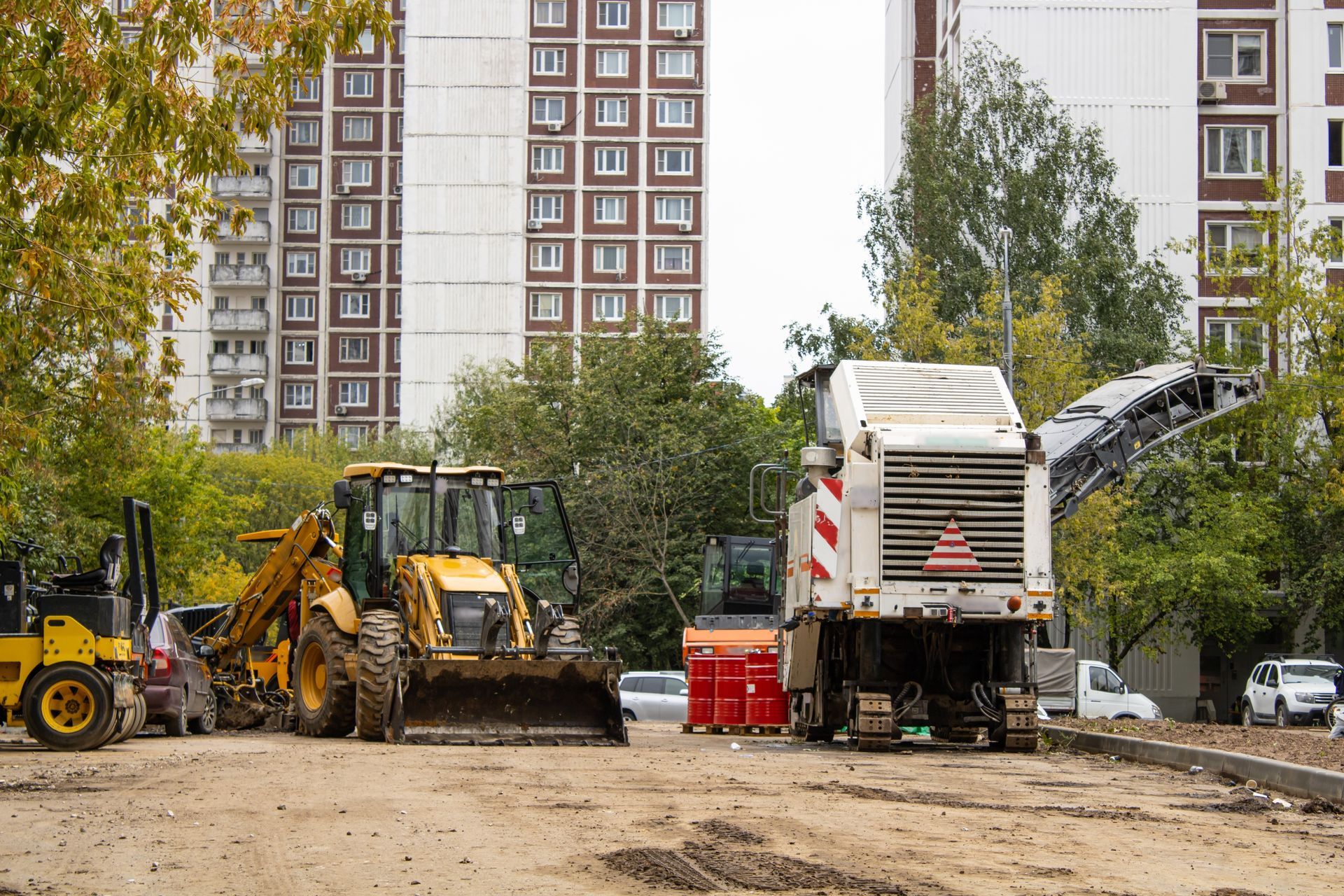What is Excavation & How Does it Work in Construction?
Share this article:
Written by: Alpine Demolition

When you think of excavation, you probably think it's simply moving dirt. And while that's certainly part of it, there's a lot more that goes into a successful excavation job than just moving around a little bit of dirt.
In this post, we'll explain what excavation is and why it's so important in construction - whether it's on a new development or after demolition. We'll also get into the various types of excavation. Read on to learn more:
What is Excavation?
Simply put, it's the process of moving soil, rock, or any other materials from a specific area, usually to make way for a new construction project.
Excavation is typically carried out with one or more tools. Shovels and picks, for example, are tools that are commonly used in excavation - even if they're not the most efficient for clearing large areas of land. Bulldozers and excavators are tools commonly found on larger construction sites that can make excavation more efficient and effective.
Why Do Construction Sites Need Excavating?
Excavation is one of the necessary first steps in the construction process, as it involves removing land to help make way for the foundation of a new structure. It essentially involves leveling the ground and preparing it for construction.
Aside from leveling ground, excavation is also used for digging trenches. In construction, trenches are often dug for utility lines, water and gas lines, electrical cables, and more.
The amount of time spent and labor dedicated to excavation largely depends on the size and scale of the project site. The type of soil or material that needs to be moved can also play a role in the length of excavation.
Excavation may also be complicated by any other objects that remain in the soil or land that's being cleared for development. For instance, if the site is a redevelopment, pieces of construction debris from the previous project may still be present in the soil or on the site. In undeveloped areas, excavation may uncover other discoveries, such as artifacts from indigenous civilizations, war relics, or even dinosaur bones. If there's the potential of an archaeological find on a job site, excavation may take much longer so artifacts are properly recovered and preserved.
Types of Excavation
As we alluded to earlier in this piece, there are various types of excavation. In this section, we'll explain some of them:
Trenching
As we said in the previous section, trenching is a common type of excavation. It typically involves digging long, narrow cuts into the ground to bury electrical cables, gas lines, water lines, or cables. Trenching may also be done to set foundation footings and help with site drainage.

Drilling
Often used in mining, dam, tunnel, and road construction, drilling is a type of excavation that often utilizes explosives to break away rock and clear land for construction. Drilling is also commonly carried out using a special drilling rig, often for extracting oil and gas, creating water wells, or installing specialized heating systems.
Tunneling
Tunneling is a type of excavation that's done underground. It tends to use controlled blasting, conventional excavators, or specialized tunnel boring machines. Tunneling is often done to create roads or railways for transportation purposes.

Dredging
Dredging is a type of excavation that takes place underwater. It involves clearing material underwater, typically with the use of a dragline. Excavators, backhoes, and barges are also commonly used for dredging. Another tool used in dredging is a piece of equipment known as a "dredger." This is a machine that removes sediment from the bottom of a lake, river, ocean, or pond, and then deposits it elsewhere.
What Does the Excavation Process Look Like?
The excavation process may sound simple, but it involves a lot of planning before a shovel even hits the ground. For instance, before a project team can mobilize, the site must be meticulously measured and examined. Plans are then created that detail the site's boundaries and depth. After the planning stage has reached its conclusion, teams can mobilize to the site with the equipment needed to
carry out the job.
Here's a brief overview of what an excavation job entails after teams mobilize on-site:
- Setting corner benchmarks: These help measure out the job site and identify where any permanent structures will exist.
- Marking ground and top levels: This is typically done by surveyors with lime powder.
- Excavation takes place: After the first two steps - which are largely still part of the planning process - take place, excavation can begin. Heavy-duty equipment is typically used to clear larger spaces, while skid steers and hand tools are best used for smaller, more compact spaces. In this step, excavation is carried out to the approved depth.
- Loose soil is dressed: Soil is measured for density and quality. If necessary, reinforcement methods may be administered in this step of the process to stabilize the soil.
- Fill to cutoff level: The cutoff level is the vertical limit. Making it back up to the cutoff level may involve backfilling excavated areas with aggregate as necessary.
- Dig trenches: Trenches are often dug in this step to help with site drainage and to direct water safely away from the work area.
- Establish building boundaries: Now that the site has been excavated, it's time to plan where the building is going to be constructed.
Excavation may sound simple, but it requires a lot of skill - and a lot of patience from site teams. One of the most important aspects of a successful excavation is the attention to detail that it must be carried out with. It can also be complicated by challenging soil conditions or if there's contaminated soil on the site that needs to be removed.
Contact Alpine Demolition Today
For more information on the excavation process and why it's such a necessary step in construction, contact Alpine Demolition today. As experienced commercial building contractors, there's no job too big or too small for Alpine.



